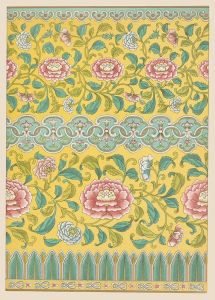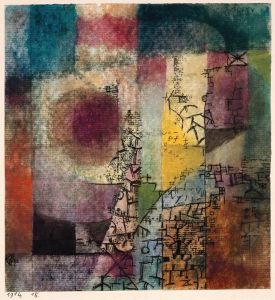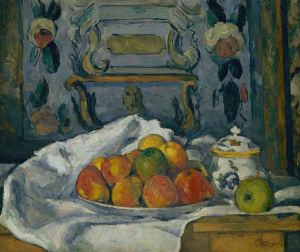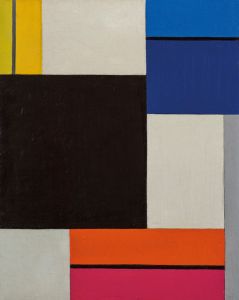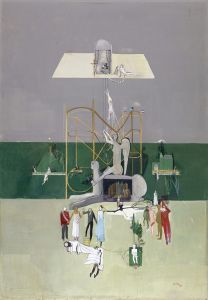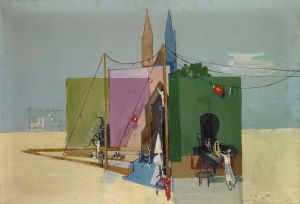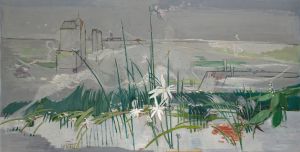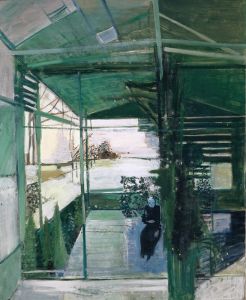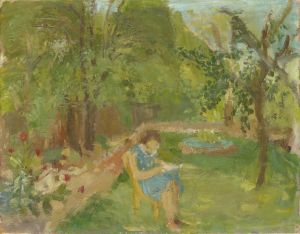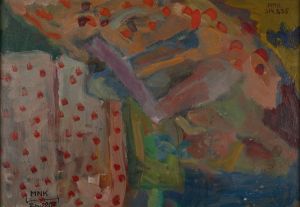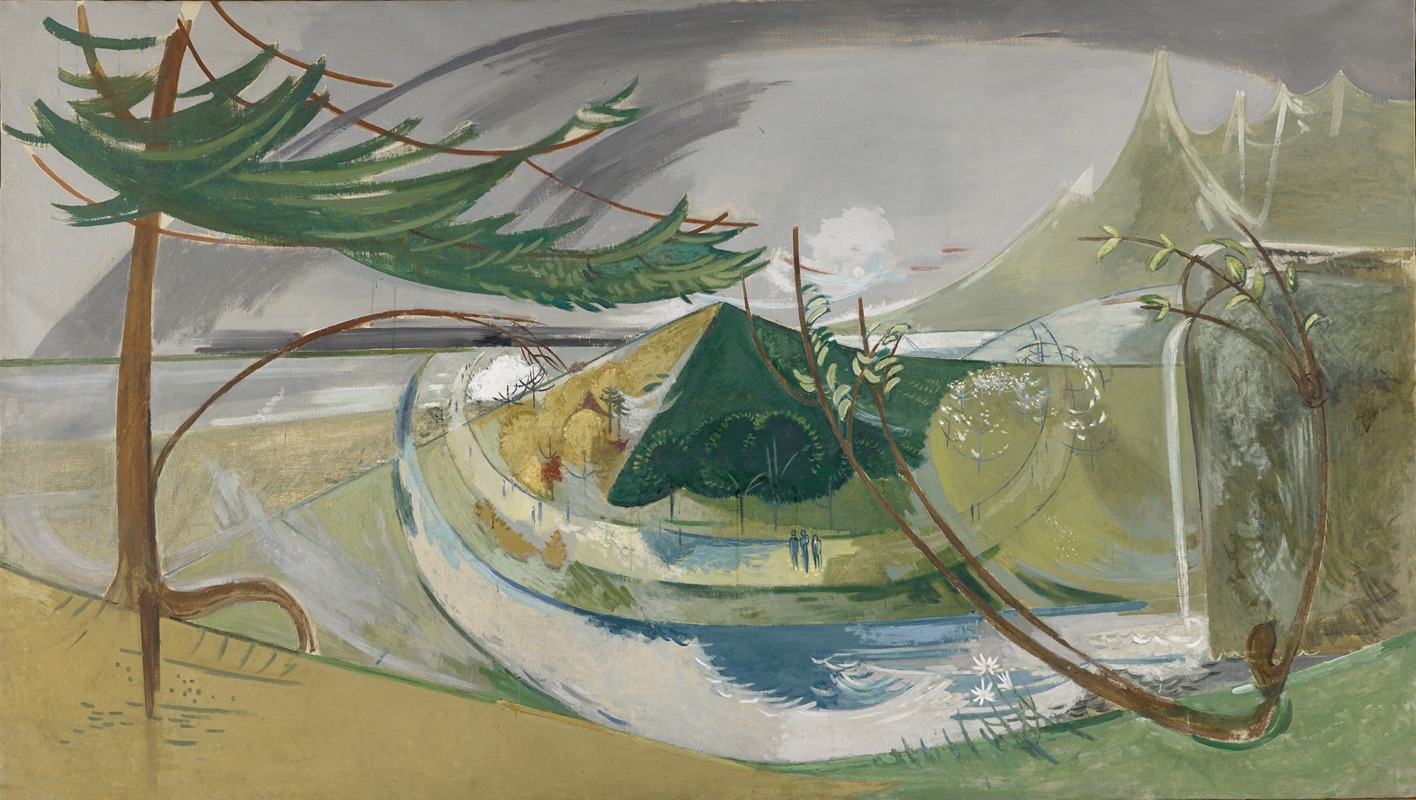
Cycle
A hand-painted replica of Walter Kurt Wiemken’s masterpiece Cycle, meticulously crafted by professional artists to capture the true essence of the original. Each piece is created with museum-quality canvas and rare mineral pigments, carefully painted by experienced artists with delicate brushstrokes and rich, layered colors to perfectly recreate the texture of the original artwork. Unlike machine-printed reproductions, this hand-painted version brings the painting to life, infused with the artist’s emotions and skill in every stroke. Whether for personal collection or home decoration, it instantly elevates the artistic atmosphere of any space.
Walter Kurt Wiemken was a Swiss painter associated with the avant-garde movement of the early 20th century. His work is characterized by a unique blend of expressionism and surrealism, often exploring themes of existentialism and the human condition. One of his notable works is "Cycle," a painting that reflects his distinctive style and thematic interests.
"Cycle" is a painting that exemplifies Wiemken's exploration of the cyclical nature of life and the interconnectedness of human experiences. While specific details about the painting's dimensions, medium, and current location are not widely documented, the thematic essence of the work can be discerned through Wiemken's broader artistic oeuvre.
Wiemken was born in 1907 in Basel, Switzerland, and he became an influential figure in the Swiss art scene. His work often delved into the complexities of modern life, influenced by the socio-political upheavals of his time, including the aftermath of World War I and the lead-up to World War II. This context is crucial for understanding the thematic underpinnings of "Cycle."
The painting likely features Wiemken's characteristic use of bold colors and dynamic forms, which he employed to convey emotional intensity and psychological depth. His style often included distorted figures and dream-like landscapes, inviting viewers to ponder the deeper meanings behind the visual elements. In "Cycle," these stylistic choices would serve to underscore the perpetual motion and recurring patterns inherent in life.
Wiemken was part of the Rot-Blau group, a collective of artists who were instrumental in bringing modernist ideas to Switzerland. This group was known for its commitment to avant-garde principles, and Wiemken's work, including "Cycle," reflects this influence. The painting can be seen as a visual representation of the philosophical inquiries that preoccupied many artists of the time, particularly the exploration of time, existence, and the human psyche.
Throughout his career, Wiemken exhibited his work in various galleries and exhibitions, contributing to the dissemination of modernist art in Switzerland and beyond. His paintings, including "Cycle," are considered important contributions to the Swiss avant-garde movement, offering insights into the cultural and intellectual currents of the early 20th century.
In summary, "Cycle" by Walter Kurt Wiemken is a painting that encapsulates the artist's engagement with existential themes and modernist aesthetics. While specific details about the painting are limited, its significance lies in its reflection of Wiemken's broader artistic vision and the historical context in which he worked. As with many of his works, "Cycle" invites viewers to reflect on the cyclical nature of life and the interconnectedness of human experiences, themes that remain relevant in contemporary discussions of art and philosophy.





